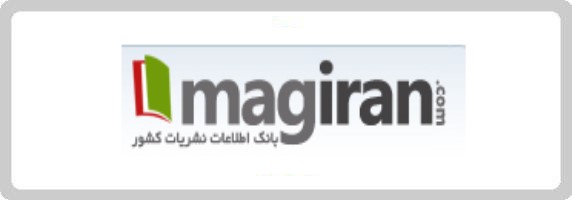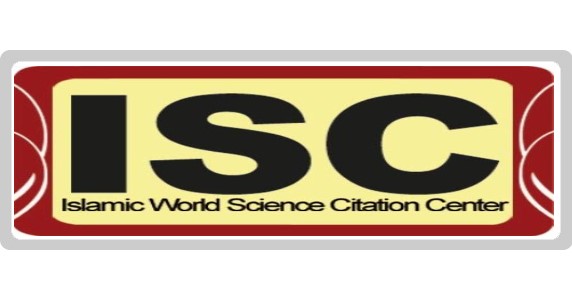Designing the Maturity Management Model of Educational Technology in Iranian Schools
Keywords:
educational technology, technology maturity management, Iranian schoolsAbstract
ose: Educational technology and its management play an important role in improving the educational situation. Therefore, the current research was conducted with the aim of designing the maturity management model of educational technology in Iranian schools. Methodology: This research in terms of purpose was applied and in terms of execution method was mixed (qualitative and quantitative). The statistical population of research in the qualitative part was experts in the field of educational management and educational technology and managers of educational districts in Tehran city in 2021 year. The sample of this part was 14 people, who this number were selected according to the principle of theoretical saturation and by purposive sampling method. The statistical population of the research in the quantitative part was principals and teachers of senior high school in the 19th district of Tehran city in the academic years of 2021-22. The sample of this part was 169 people who were selected according to Cochran's formula and by random cluster sampling method. The research tool in the qualitative part was a semi-structured interview and in the quantitative part was a researcher-made questionnaire, which whose psychometric indicators were checked and confirmed. The data of this study in the qualitative part were analyzed with thematic analysis method in MAXQDA-12 software, and the data of this study in the quantitative part were analyzed with the structural equation modeling method in SPSS-22 and LISREL-8.8 software. Findings: In the qualitative part, the findings of this research showed that for maturity management of educational technology in Iranian schools were identified 55 basic themes, 15 organizing themes and 4 comprehensive themes; so that were include the comprehensive themes of educational technology knowledge management (with 5 organizing themes of learning of educational technology knowledge, sharing of educational technology knowledge, application of educational technology knowledge, analysis of educational technology knowledge and evaluation of educational technology knowledge), educational technology resources and facilities (with 3 organizing themes of human resources, physical resources and educational content), control and coordination of educational technology (with 3 organizing themes of coordination between educational policies, coordination between colleagues and supervision and control over implementation) and educational technology infrastructures (with 4 organizing themes of technological infrastructure, finance infrastructure, knowledge infrastructure and cultural and social infrastructure). In the quantitative part, the findings of this research showed that the maturity management model of educational technology in Iranian schools had a direct and significant effect on all four factors of educational technology knowledge management, educational technology resources and facilities, control and coordination on educational technology and educational technology infrastructures (P<0.05). Conclusion: Based on the findings of the present research, in order to improve the maturity management of educational technology in Iranian schools, it is possible to provide the basis for the realization and improvement the educational technology knowledge management, educational technology resources and facilities, control and coordination on educational technology and educational technology infrastructures.










